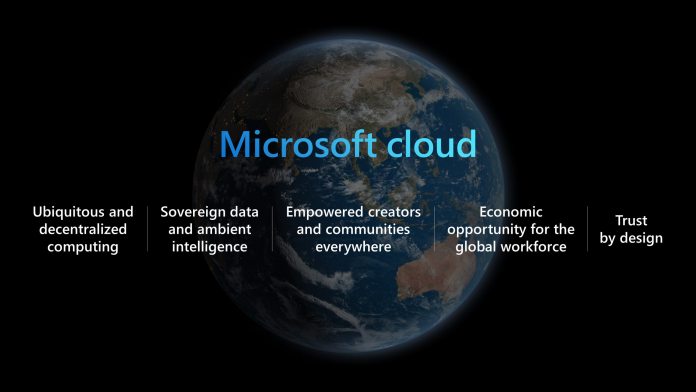It is worth noting next week is the Microsoft Inspire partner conference and a placeholder session during the event indicates Microsoft will discuss Cloud PC. One of the sessions is called “What’s Next in End-User Computing” and is scheduled for July 15. The session is described as “about the newest Microsoft cloud solution for enabling hybrid work.” Scott Manchester, Director of Program Management for Cloud Managed Desktops and a leader in the development of Windows Virtual Desktop, Remote Desktop Services, Second Screen Remoting, Multimedia, and Networking technologies will speak at the event. The report suggests Manchester is one of the leaders on the Cloud PC project, which as been operating under the codename “Deschutes” internally. It is worth noting, we reported back in April that Microsoft Inspire was the likely target for the Cloud PC launch. That now seems to be the case and you can follow any announcement, and all the other news from Inspire, via our dedicated coverage of the event next week.
New End-Point Experience
For those out of the loop on Cloud PC, it is a service that will leverage Azure cloud to bring a virtualized version of Windows 10 to customers. It runs on Windows Virtual Desktop and is powered by Microsoft Azure. Sure, Windows Virtual Desktop already lets users tap into Windows on the cloud. However, it is not a true virtualized version of Windows 10. Cloud PC will provide a cloud-based version of Windows that users can tap into from Microsoft servers. It will be linked to Microsoft’s cloud-based Microsoft 365 service. A leak last year showed how much Microsoft will charge for Cloud PC, which will be part of Azure subscriptions. Microsoft will offer Medium, Heavy, and Advanced payment tiers for the service. With Medium, customers get two virtual CPUs, 4GB of RAM, and 96GB of SSD storage. Microsoft will bill this tier as “general-purpose optimized for cost and flexibility”. Looking at the Heavy plan, it also allows a pair CPUs, 8GB of RAM, and 96GB of SSD storage for “advanced compute needs optimized for performance and speed“. Finally, the Advanced plan ups the virtual CPUs to three, keeps 8GB of RAM, but cuts storage to 40GB. Microsoft says it is for “accelerated graphics optimized for scalability and data processing”. Tip of the day: Do you know the built-in repair tools SFC and DISM of Windows 10? With many problems they can get you back on track without loosing data and using third-party programs. In out tutorial we show you how to use them.




